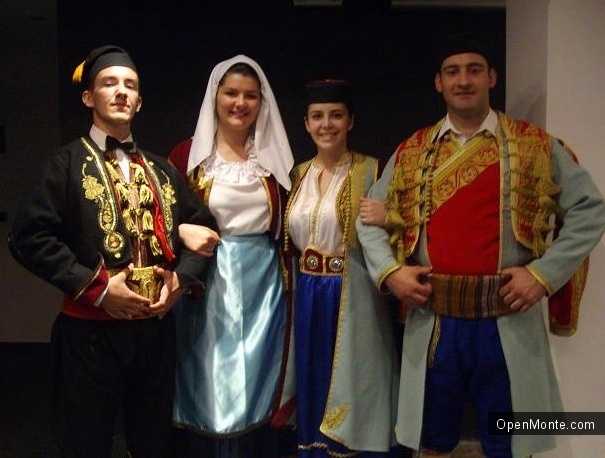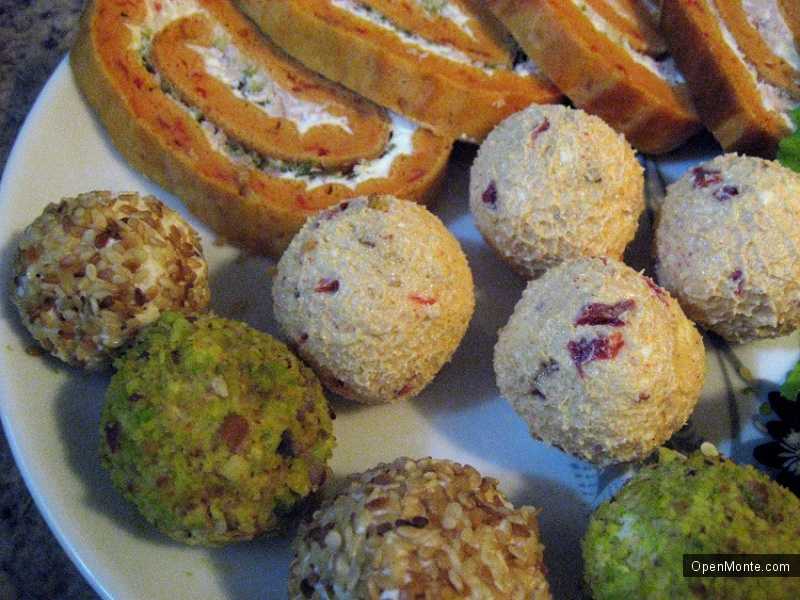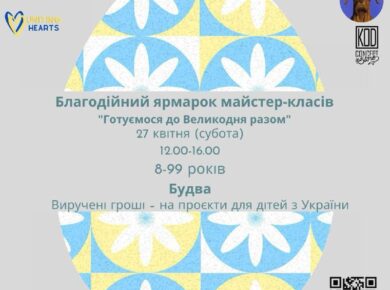Few tourists know about the tradition of celebrating Slava. It is a colourful national holiday, in which Christian and pagan customs are combined.
Each family determines the date of the celebration of Slava, timed to coincide with the day of its patron saint.
A feast for the glory of the saints
Many guests of Montenegro dream to visit this holiday in a purpose of getting acquainted with the local culture and homemade Montenegrin cuisine. It is not for nothing – it is a real discovery for gourmets: the best national dishes from meat and fish, appetizers, salads, desserts are prepared for Slava, delicious homemade wine is taken out of the cellars, and the main decoration of the table is roasted pig or “pachenje” (baked meat).

The main thing is to keep Slava out of fasting – then the mistresses have to work hard to surprise the guests.
History of the holiday
The Holiday of Slava is remotely reminds of the holiday name, which used to be more important than the birthday in Russia. Slava is connected with the Christian calendar and the history of the Balkans itself. In the past, each clan chose its own saint, on the day of remembrance of which a holiday was arranged.
The chosen saint protected the clan and family, helped them in their work, and led them to prosperity and happiness. It is not clear on what principle each clan received its own day of Slava, but even today on the day of its own Slava, every Orthodox Montenegrin can get a free day at work.

Montenegrins have always honored the patriarchate – that’s why the tradition of celebrating Slava was transmitted through the male line. The eldest member of the family invited the whole family to his house in order to “glorify” his guardian angel within three days.
For women, the day of Slava was changing after the wedding – the wife was celebrating her husband’s Slava, not her family – for her former family she became a guest at the festival, belonged to a “strange family”.
Today, if unknown families celebrate this holiday on the same day, it means that they have a common ancestor.
Rules of Celebration
The celebration of Slava lasts 1-3 days. Preparation begins in advance. In many houses people invite the priest, who will sanctify the water needed for the Slavic pie, the day before Slava.

Before baking the Slavic pie, the dough is kneaded on the four sides with the letters “IS”, “XS”, “NI” and “KA” (short for “Jesus Christ wins”). It is important to boil the millet in advance – it turns out to be a so-called “gito”. It reminds of Sochi, which was treated to guests in Russia during Christmas.
On the first day of Slava, one family member goes to the nearest church early in the morning and buys a large, long candle, which will stand in the center of the table all three days next to the icon of the saint to whom the holiday is dedicated. Slavic pie, gito and red wine are brought to the church, and the guests will be greeted with them – all this must be consecrated.

There is a Slavic cake soaked in wine: the cake is more like bread and represents the body of Christ; the wine with which the cake is soaked is his blood, are already at home on the table next to the candles. There is also a “git”, which will be used to treat all the guests of the table: a person should cross, then eat one teaspoon of “life” and drink it with a sip of wine. Then he sits down at the table with the others.
Traditionally, on the first day of Slava the whole family (close relatives) celebrates the holiday. On the second day, friends and acquaintances join the celebration. It is very honorable to receive an invitation to Slava.

On the third day, everyone gathers together – even an ordinary passerby on the street could enter a house on Slava to a strange family and be received as the dearest guest, which is a tradition. However, today all guests come to the house with gifts for the owners of the holiday, often give wine.
Dishes of the festive table
The main decoration of the table is a fried piglet – it is roasted on a spit until crispy. Many mistresses cook sarma, a dish reminiscent of Russian stuffed cabbage. Filling is wrapped in sauerkraut leaf.
There is always room for Olivier on the table. Next to it, baked paprika in brine with garlic, Shopskiy salad with fresh homemade cheese, onions, cucumbers and juicy tomatoes, salad of boiled potatoes with fresh onion rings in vinegar and etc.

The table is usually decorated with thick soups, called chorbes (čorba), most often made of fish or beef as a first course. The second guest is treated to fish and seafood cooked on a grill, minced beef rolls and various garnishes.

While adults celebrate the holiday with different infusions, rakija, wines and other alcoholic beverages, children love this holiday for the Slavnic cakes: they are small, just for one bite. The bigger Slava is, the greater the choice – usually mistresses cook 5-7 different types of cakes.

Popular dates
The most frequent celebrations are in honour of St. Nicholas (December 19), Archangel Michael (November 21), St. George (May 6), St. John the Baptist (January 20), St. Dmitry of Thessaloniki (November 8) and St. Savva (January 27).

If you are interested in Montenegro, you can read more about how Christmas is celebrated in Montenegro and what are the Montenegrin eccentricities.
Anna Uštej told about this holiday:
The family holiday of Slava is a saint’s day, which protects the “breed”, i.e. the family. And this is not a “cell of society”, but a kind that numbers hundreds of people and hundreds of years of history. It is believed that this is the main family holiday of the year, much more important than New Year or Easter.
Usually Slava is quite “closed”, a family day, which is celebrated in the circle of relatives and closest friends. During the Soviet era, Slava was forbidden as a religious rite, but many families carried their traditions through difficult times.
Slava has three symbols: specially baked round bread with a cross in the middle, a church candle and red wine. The owner of the house lights a candle, which will burn all day, cuts the bread crosswise and splashes it with wine. Then, together with one of the guests, he breaks the bread, and it is a rule to give the guest to break off a bigger piece, as if sharing home happiness.
After that, all guests will taste wine from a common glass, saying congratulations “Happy Slava!”
By the time the guests arrive, endless tables are set up. The tables are literally break from the food, and everything cold, including sweets, awaits the arrival of guests from morning till evening. Hot meals are served separately to each guest. It is interesting that no glasses are placed on the tables, because no one knows what the guest will want to drink. He or she will be served a drink of his or her choice.
They cook with a huge reserve so that, so that the food does not run out during the day/ Also it is impossible to predict the number of guests. Each related family can either come in full or send a congratulatory message to one or two of its representatives.
People have lunch with the hosts; raise a cup or two for “Srechna Slava!” and leave, and the next guests are in a hurry to replace them.
It is not a rule to give gifts, but men bring strong alcohol with them.
This holiday is a very bright, warm and family tradition. It would be nice for us to arrange such “breed” days.





